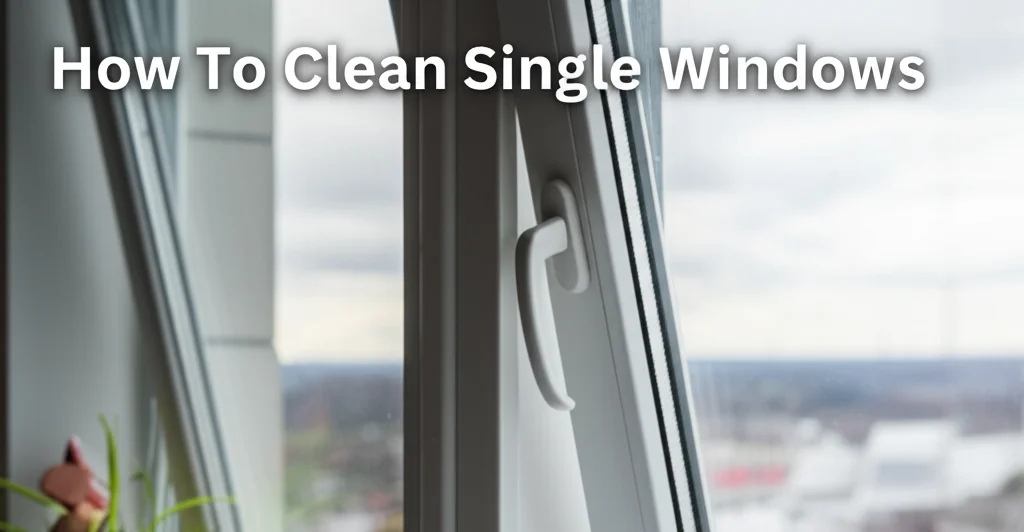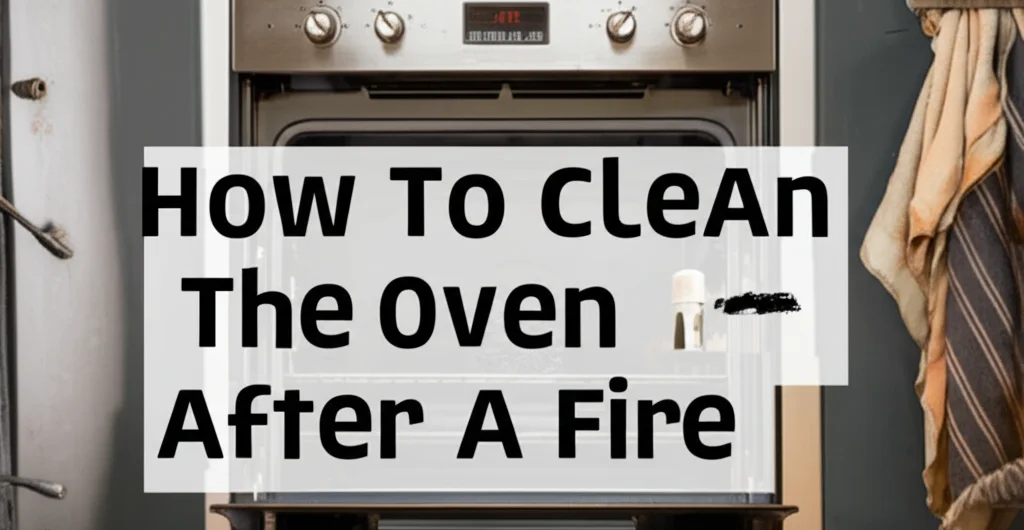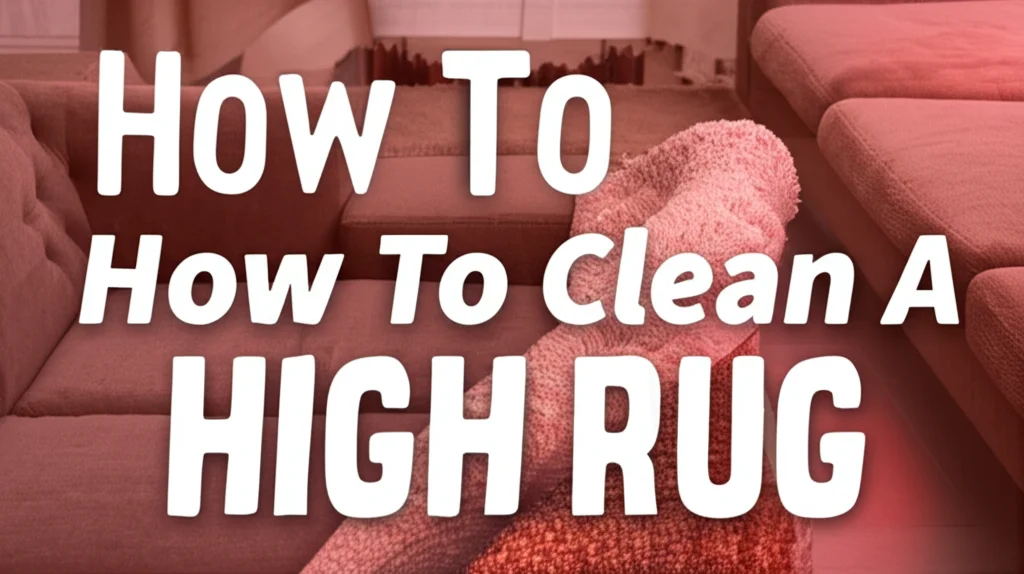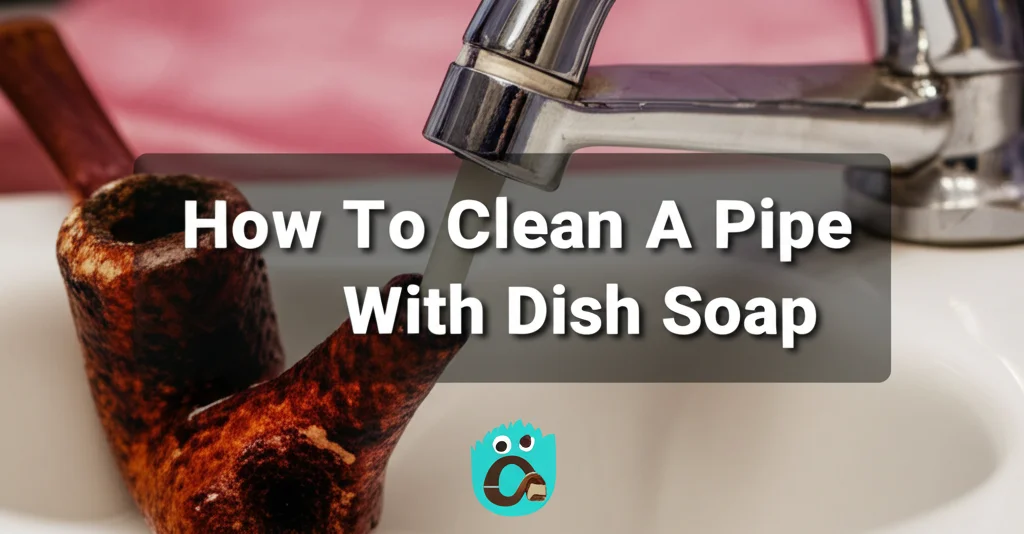· Home Cleaning · 7 min read
How To Clean Wet Carpet In The Basement
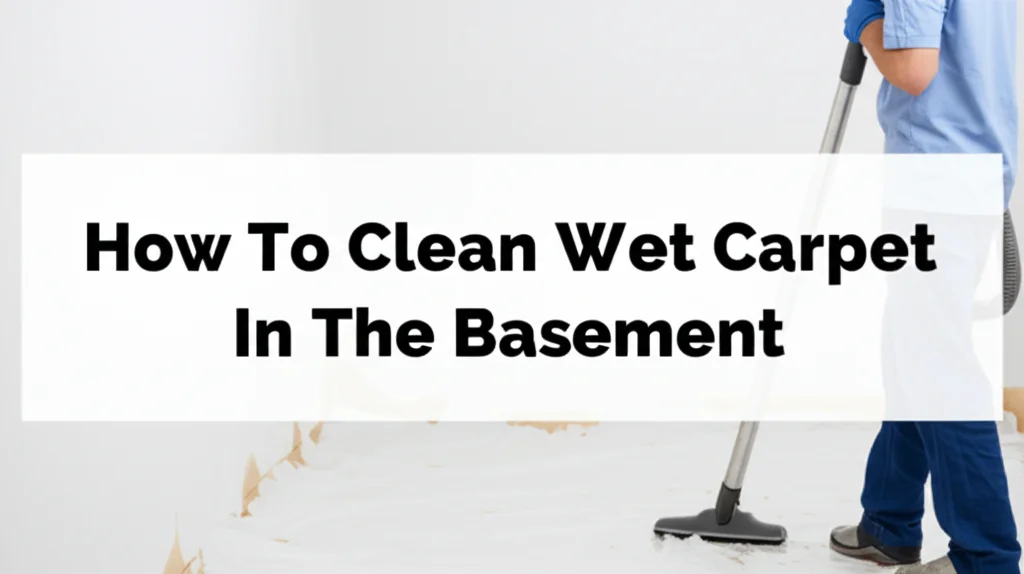
Dealing with Disaster: How To Clean Wet Carpet In The Basement
Basements are notorious for getting wet, whether from a burst pipe, flooding, or even just high humidity. When your basement carpet gets soaked, it’s more than just an inconvenience – it’s a breeding ground for mold and mildew. Quick action is crucial to salvage your carpet and protect your home. This article will guide you through the essential steps to clean wet carpet in the basement, from immediate water removal to thorough disinfecting and drying. We’ll cover everything you need to know to restore your basement and prevent long-term damage. Let’s get started and tackle this wet carpet situation head-on!
Quick Answer: To clean wet carpet in the basement, immediately remove standing water with a wet/dry vacuum, then lift the carpet to dry the padding underneath. Clean the carpet and padding with a disinfectant solution, thoroughly dry everything with fans and a dehumidifier, and monitor for mold growth.
Takeaway:
- Remove standing water immediately.
- Dry the carpet and the padding underneath.
- Disinfect to prevent mold and mildew.
- Monitor for any signs of recurring moisture or mold.
Understanding the Risks of Wet Basement Carpet
Wet carpet isn’t just unpleasant; it poses significant health and structural risks. The biggest concern is mold growth, which can start within 24-48 hours. Mold releases spores into the air, triggering allergies and respiratory problems. Beyond health concerns, prolonged moisture can damage the carpet fibers, leading to permanent staining and deterioration. Furthermore, water can seep into the subfloor, causing wood rot and structural issues. Addressing wet carpet quickly minimizes these risks and protects your investment. Ignoring the problem can lead to costly repairs down the line.
Immediate Action: Removing Standing Water
The first step in cleaning wet carpet is to remove as much standing water as possible. Don’t wait! Time is of the essence. A wet/dry vacuum is your best friend here. These vacuums are designed to handle liquids without damaging the motor. Slowly and methodically move the vacuum across the carpet, overlapping each pass to ensure you collect all the water. Avoid using a regular vacuum, as this can cause electrical shock and damage the machine. If you don’t have a wet/dry vacuum, consider renting one from a local hardware store. Removing the bulk of the water is the most important initial step.
Lifting and Drying the Carpet Padding
The carpet padding underneath is often the biggest culprit when it comes to moisture retention. It’s highly absorbent and can take a long time to dry. If possible, lift the carpet to expose the padding. This allows you to inspect the padding for damage and ensure it dries thoroughly. If the padding is soaked, it may need to be replaced, especially if it’s been wet for an extended period. To dry the padding, use fans directed at it and consider a dehumidifier to remove moisture from the air. Properly drying the padding is crucial to prevent mold growth and odor.
Cleaning and Disinfecting Wet Carpet
Once you’ve removed the standing water and addressed the padding, it’s time to clean and disinfect the carpet. Mix a solution of warm water and a mild detergent, or use a carpet cleaning solution specifically designed for water damage. Avoid harsh chemicals like bleach, as they can damage the carpet fibers and release harmful fumes. Apply the cleaning solution to the carpet and gently scrub with a soft brush. For disinfection, you can add a small amount of white vinegar to the cleaning solution. Vinegar is a natural disinfectant that helps kill mold and mildew. After scrubbing, use a clean, wet cloth to rinse the carpet, removing any remaining soap residue.
Utilizing Fans and Dehumidifiers for Thorough Drying
Drying the carpet completely is the most critical step in preventing mold growth. Fans are essential for circulating air and speeding up the drying process. Position fans to blow directly onto the carpet and padding. A dehumidifier will remove moisture from the air, further accelerating drying. Keep windows and doors closed to maximize the effectiveness of the dehumidifier. Monitor the humidity levels in the basement and continue running the fans and dehumidifier until the carpet is completely dry to the touch. This can take several days, depending on the severity of the water damage and the humidity levels.
Preventing Mold and Mildew: Long-Term Solutions
Even after cleaning and drying, it’s important to take steps to prevent mold and mildew from returning. Ensure your basement is properly ventilated to reduce humidity levels. Consider installing a sump pump to remove excess water. Regularly inspect your basement for leaks and address them promptly. You can also use mold-resistant paint on the walls and floors. If you suspect mold growth, address it immediately with a mold-killing cleaner. Preventative measures are key to maintaining a healthy and dry basement. You might also consider a waterproof sealant for the basement floor.
When to Call a Professional
While many wet carpet situations can be handled DIY, some require professional intervention. If the flooding was caused by contaminated water (sewage backup, for example), it’s best to call a professional water damage restoration company. They have the equipment and expertise to safely remove contaminated water and disinfect the area. Also, if the water damage is extensive or you’re unable to completely dry the carpet and padding, a professional can help. They can assess the damage, provide specialized cleaning services, and ensure the area is properly restored. Don’t hesitate to seek professional help if you’re unsure about handling the situation yourself.
FAQ: Addressing Your Wet Carpet Concerns
Q: How long does it take to dry wet carpet? A: Drying time varies depending on the amount of water, humidity, and ventilation. Generally, it takes 24-72 hours with fans and a dehumidifier. Monitor the carpet to ensure it’s completely dry to the touch before replacing furniture.
Q: Can I use a carpet cleaner on wet carpet? A: Yes, but use a carpet cleaner designed for water damage and follow the manufacturer’s instructions carefully. Avoid using excessive water, as this can worsen the problem.
Q: What if I smell mold after cleaning? A: If you smell mold, it indicates that mold growth may still be present. Thoroughly inspect the area and use a mold-killing cleaner. If the mold is extensive, contact a professional mold remediation service.
Q: How can I prevent basement flooding in the future? A: Ensure proper drainage around your foundation, seal cracks in the walls, and consider installing a sump pump. Regularly inspect your basement for leaks and address them promptly.
Q: Is it safe to walk on wet carpet? A: It’s best to avoid walking on wet carpet as much as possible. Walking on it can spread the moisture and potentially damage the fibers. If you must walk on it, wear clean, dry shoes.
Conclusion: Restoring Your Basement and Protecting Your Home
Cleaning wet carpet in the basement requires swift action and a thorough approach. Remember to remove standing water immediately, dry the carpet and padding completely, and disinfect to prevent mold and mildew. By following these steps, you can salvage your carpet, protect your home, and maintain a healthy basement environment. Don’t underestimate the importance of preventative measures – proper ventilation, leak detection, and regular inspections can help avoid future water damage. If you’re ever unsure about handling the situation yourself, don’t hesitate to call a professional water damage restoration company. Taking care of wet carpet promptly is an investment in the long-term health and value of your home.

